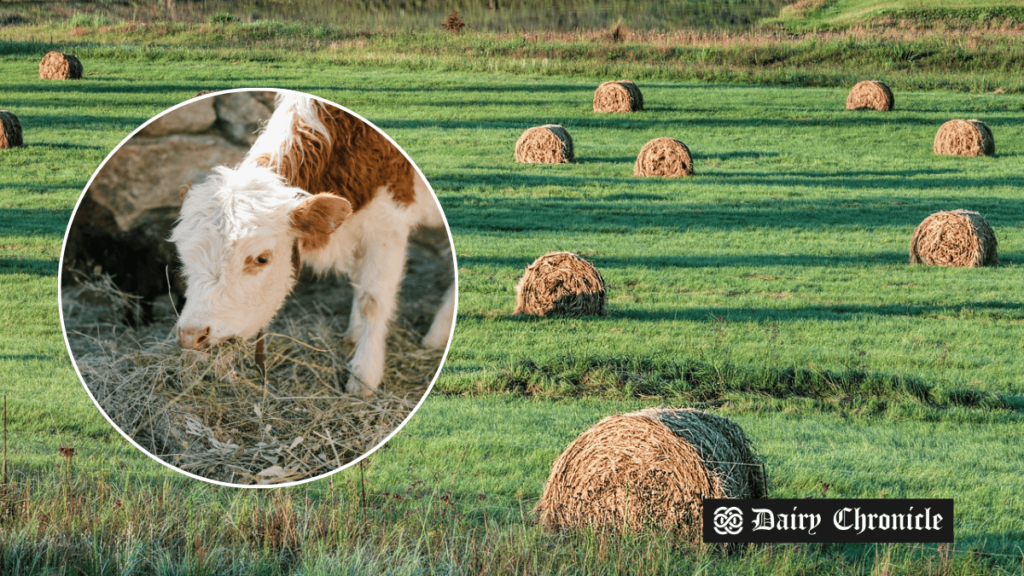A Teagasc survey reveals that two in five Irish dairy farms face a fodder deficit going into winter, with poor grass performance and weather challenges contributing to feed shortages.
A recent survey conducted by Teagasc, Ireland’s national agriculture and food development authority, has revealed that more than 40% of the country’s dairy farms are heading into winter with a fodder shortage. The survey, which polled around 650 farms across the nation, highlights a concerning trend for both dairy and drystock farms, particularly as winter approaches.
Teagasc, based in Carlow, provides research, advisory, and training services for the agricultural sector. Their latest national fodder survey shows that 42% of dairy farms and 34% of drystock farms are facing fodder deficits. Nationally, 20% of farms are only slightly behind in securing enough fodder, but 18% are grappling with shortages of over 10%, requiring immediate action.
Declining Grass Performance
The survey, updated in September following second- and third-cut silage, paints a more complete picture of the challenges facing Irish farms. After a poor grazing season due to below-average growth rates and unpredictable weather, farms are falling short of their winter feed requirements. PastureBase data reveals that Irish farms are currently 1.2 tonnes of Dry Matter per hectare behind the five-year average, with 75% of farms failing to meet their average farm cover targets.
While 62% of farms have secured their winter feed with a one-month reserve, second-cut silage yields were reported as light across much of the country. The remaining 38% of farms are at risk of facing feed shortages, with 6% having significant deficits of 20% or more. Farmers in the southern counties of Clare, Cork, Kerry, Limerick, Tipperary, and Waterford are among the worst affected, with only 55% of dairy farms and 59% of drystock farms fully prepared for winter.
Actions Being Taken
Half of the surveyed farmers have already taken steps to secure additional forage, while around 30% anticipate cash flow issues as a result of purchasing extra feed. Furthermore, 60% of farmers intend to reduce their stock to balance feed demand, focusing on culling poor-performing cows and heavier cattle to ease the strain on fodder supplies.
The wet summer has also delayed the emptying of slurry tanks, with only 54% of respondents reporting that they have completed this task. Teagasc has urged farmers to prioritize spreading slurry nutrients in the coming days to optimize their farm’s productivity.
Expert Insights
Teagasc’s ruminant nutrition specialist, Aisling Claffey, emphasized the importance of immediate action: “Farms have made significant progress since June, but a considerable number still face fodder shortages. It is critical that farmers create fodder budgets and take early steps to address deficits.”
Tom Curran, Teagasc’s head of advisory services, also stressed the need for vigilance: “While many farms are on target for winter feed, a notable percentage must monitor their stocks closely. Early action offers better value and more options for securing feed.”
Preparing for the Future
As the winter months approach, Teagasc is advising farmers to test the quality of their silage and prioritize its use for freshly calved cows and young livestock. By creating individual fodder budgets, farmers can tailor their feed strategies based on the nutritional value of their silage, ensuring they maximize their resources through the coming months.



